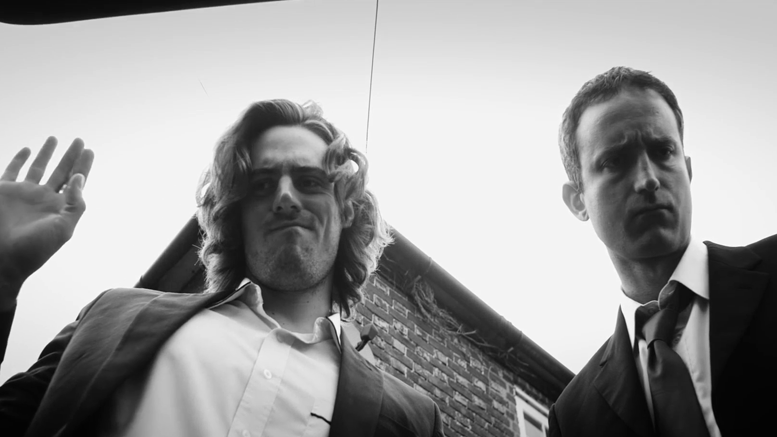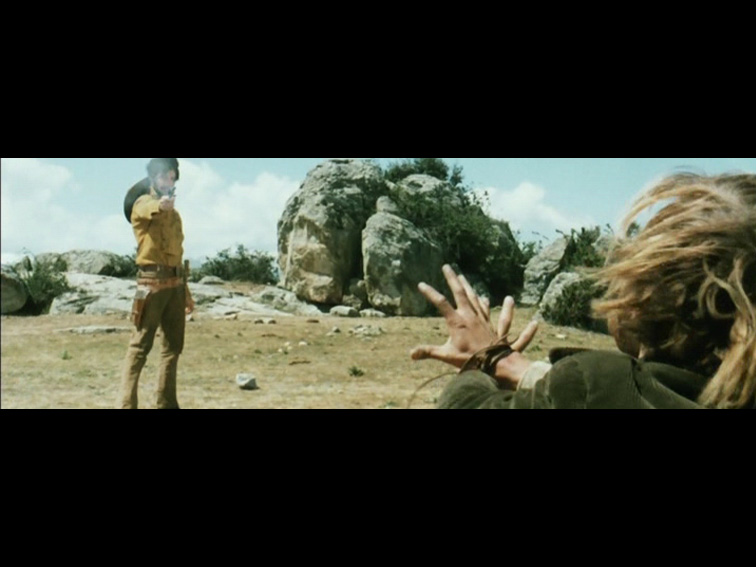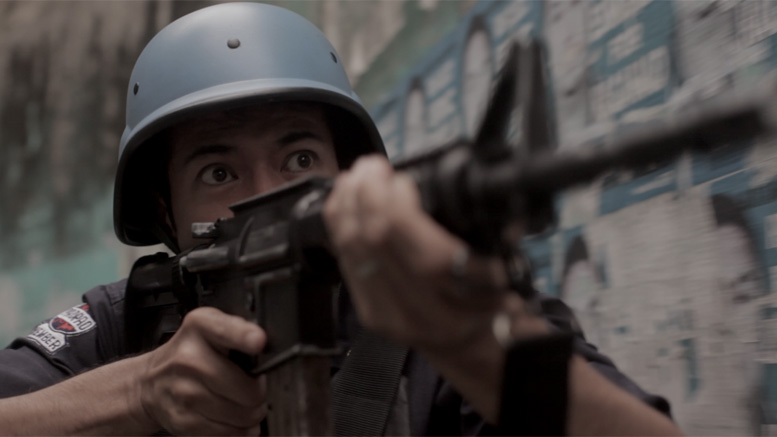
Cast: Marisa Allasio (Maruzzella), Massimo Serato (Salvatore Aiello), Yvette Lebon (Donna Carmela), Adolfo Geri, Virginia Balestrieri (Donna Concetta), Carlo Tamberlani (Saverio Caputo, the accountant), Nerio Bernardi, Paolo Ferrara, Flora Carosello, Pasquale De Filippo, Renato Carosene (Renato), Gegè Di Giacomo (Gigi)
Maruzzella is a little known 1956 film that neatly intersects several popular Italian genres of the time without really belonging to any of them. The fishing village setting is familiar from numerous Neapolitan dramas, there are regular songs in the fashion of the musicarelli and the story is heavily influenced by the hugely popular melodramas. However, in attempting to fuse so many disparate formulae it somehow manages to forge an identity almost of its own; it’s too optimistic to be a melodrama, the characters are too old for it to be a musicarelli and it’s way too fantastical to be part of the poverty-row Neapolitan neo-realism movement.
Maruzzelo (Marisa Allasio), a sweet-natured and beautiful young orphan, lives with her stepmother, Donna Carmela (Yvette Lebon), who also just happens to be slowly defrauding her out of her inheritance. Donna Carmela has managed to overcome the loss of her husband without too much trouble, and is now seeing a virile shipyard manager called Salvatore (Massimo Serato), who’s so charismatic that Maruzzella has fallen head-over-heels in love with him as well. Fortunately, Salvatore is an honourable man, and tries his best to dissuade her, believing that it’s nothing more than a teenage crush.
Upset at being rebutted, Maruzella falls in with a couple of Salvatore’s friends, Renato (Renato Carosone) and Gigi (Gegè Di Giacomo), a pair of poor musicians who have fallen on hard times, and she makes it her mission to help them in any way that she can. Before long, she’s hooked them up with a saxophonist and guitarist, forming a succesful quartet, and they don’t take long to win themselves a profitable radio contract. In the meantime, though, Carmela’s scheming is beginning to unravel, and the situation for poor Maruzella is beginning to look increasingly dire.
Despite having an obviously low budget and looking like it belongs less to a different era than a different world, Maruzzella is a rather charming little film. It may not have anything particularly insightful to say about the world – beyond the fact that bad people will get their comeuppance and love conquers all, both of which are patently untrue – but it says it in an appealing, likeable way. The songs are pretty good, especially if you have a penchant for Neopolitan music, the story is reasonably involving and the production values acceptable. Obviously, a lot of its appeal is because of the nostalgia element, and there’s no denying it seems like a time capsule from an Italy that’s almost entirely disappeared today, but that shouldn’t detract from the proficiency with which it was put together.
There are also a couple of distinct elements in its favour. Firstly, as opposed to a lot of low budget Italian films of the time, there’s quite a lot of exterior work. I’m not sure where it was filmed, but the backstreets and harbor locations bring a certain sense of authenticity to proceedings, even if large stretches were obviously filmed in a studio. Secondly, there’s a rather bizarre, lengthy dream sequence in which Maruzzella imagines herself dancing around with – in turn – a bunch of cavorting slaves, some women in zebra print body stockings and a bunch of people in lederhosen. It might look like a set piece that’s escaped from one of the more extravagant Roman nightclubs, but it adds a pinch of two-bit Busby Berkely that hints of at least some kind of ambition on the part of the filmmakers.
The key name here is that of Fortunato Misiano. Misano was one of the most prolific and successful B-Movie producers at the time, and all his films had an unashamedly populist approach. It was a formula that worked at the box office, and although he wasn’t perhaps driven by artistic considerations he certainly knew how to put together perfectly acceptable films with a minimal amount of resources. One of his key principles was to repeatedly work with a tried and trusted cast and crew, people like cinematographer Augusto Tiezzi (who shot almost 50 films for him in the 1950s and 1960s) and set designer Alfredo Montori (20 films between 1953 and 1961).
Luigi Capuano was one of his regular directors, and they worked on at least 14 films together, from fully-fledged melodramas to a single peplum, Hercules and the Black Pirate (64). Capuano is better known for his numerous cape and sword films of the early 1960s, but in some ways he’s actually more suited to this kind of stuff; his work in the action field sometimes displays a curious unevenness of pacing and has a tendency to come across as rather bland, whereas he seems more in tune with the rhythm of the narrative here.
Marisa Allasio was known as the ‘Italian Jayne Mansfield’, which is actually quite a misleading description. Although her performances caused some scandal at the time, her roles tended to be innocent, naïve young women, discovering the adult world and adult emotions for the first time, far different from the more predatory Mansfield. After appearing from films for most of the fifties, she married Count Calvi di Bergolo, a descendant of the Italian royal family, and gave up her career in cinema. Renato Carosene, meanwhile, was a hugely respected singer, a famed practitioner of the ‘canzone napoletana’, kind of like a skinny, more urbane, 1950s version of Mario Merola. And, although he only made a handful of films, his acting’s not too bad, especially in a supporting role such as this.
|
|
|
|






Comment